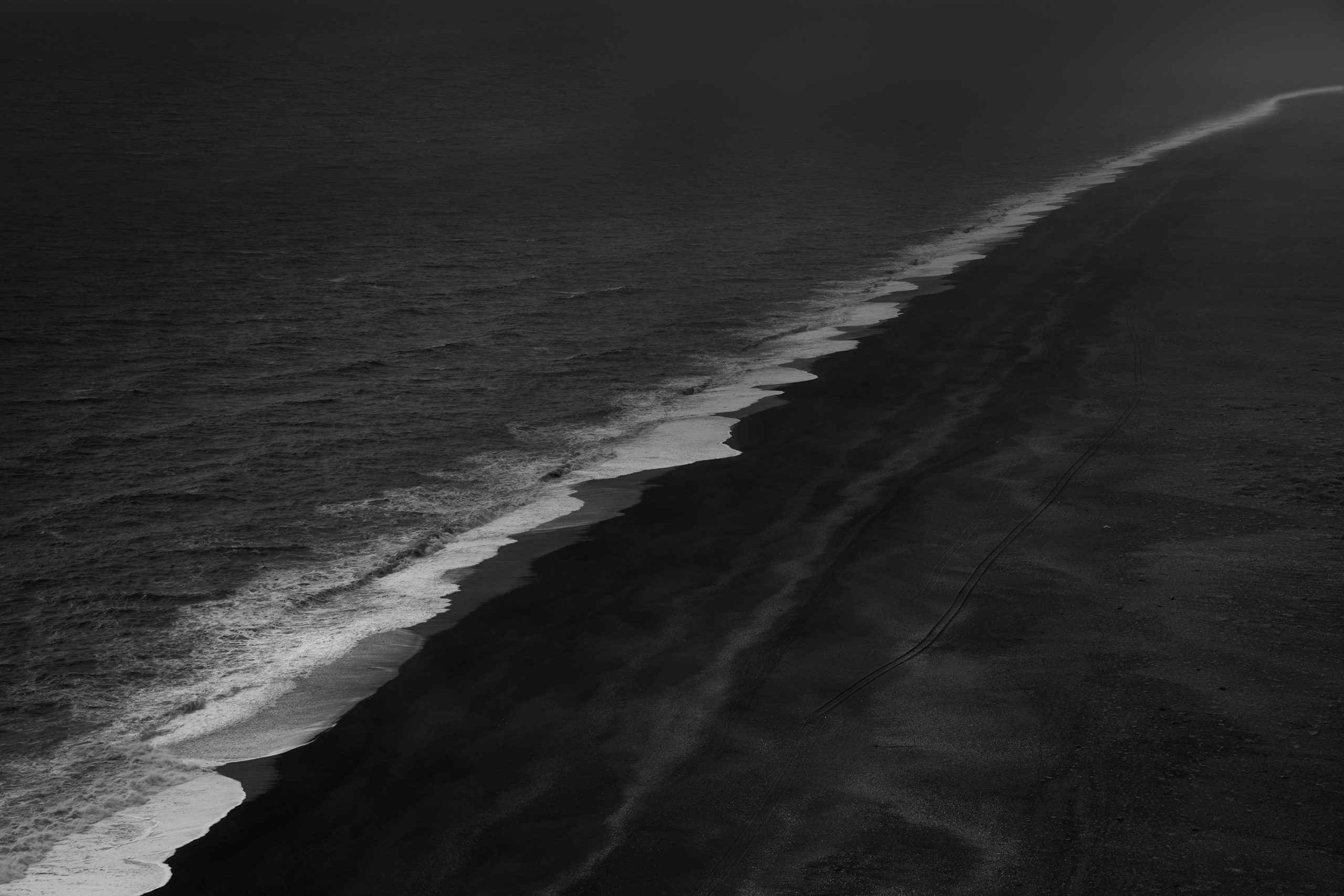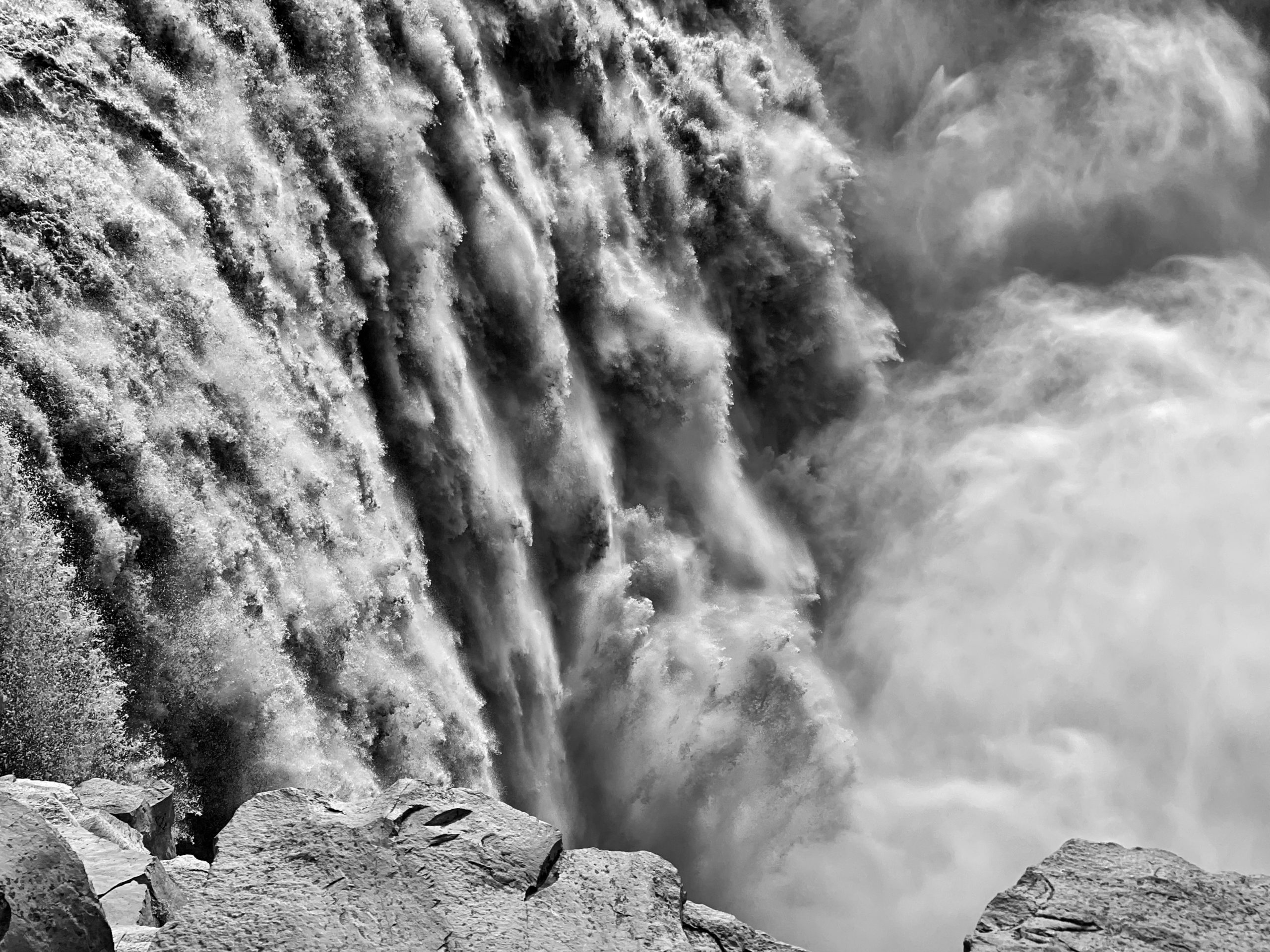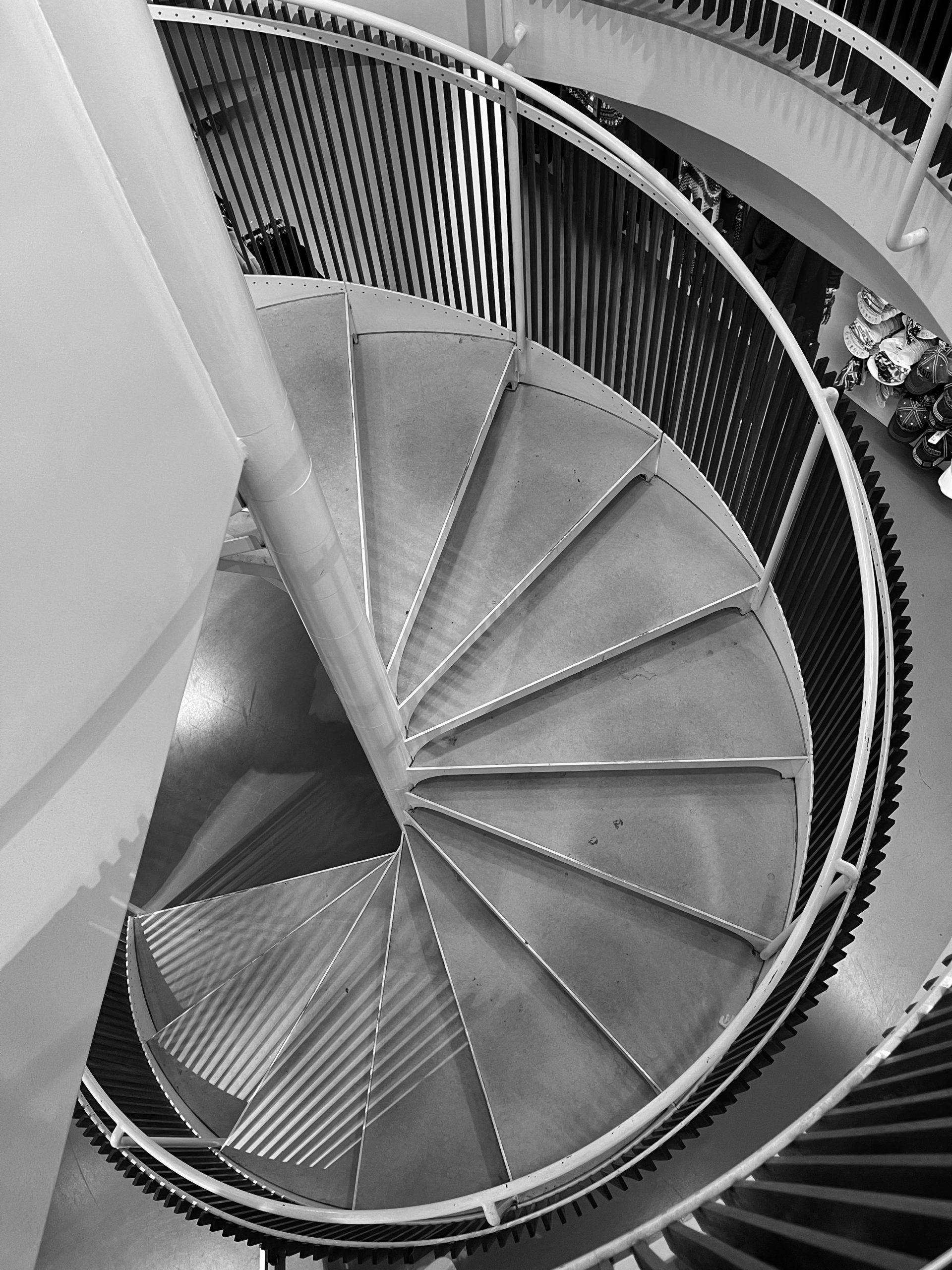Recently I’ve been thinking about black and white photography. One context is the landscape of Iceland, and the relative appropriateness of color and monochrome.
A comparison of black & white versus color ways of seeing also came up in correspondence I recently had with someone I shall call X. Without going into details, X has a medical condition which means that he cannot perceive color.

As someone recently enamored with photography, X wanted my opinion as to whether photography was viable since he could only see in black and white, and how much of a liability his perceptual challenges might present. At one point in our conversation, I asked X to consider if only seeing monochrome might not actually be a “super power”—and confer unexpected benefits.
In the course of our conversation, X brought up four issues that concerned him:
- How do you decide what is best in Black & White? I understand fundamentals like composition, light, contrast, texture etc. but is there anything else in your thought process?
- Have you found photographic subjects which simply do not work well in Black & White?
- Do you think your photography would be different if you never saw color?
- Do you think that even when viewing the most stunning B&W photograph, people still feel something missing?

I answered X as follows:
First, asking about the subjects that work best in black and white, is fully answered in my book Creative Black and White 2nd Edition in the first part The Monochrome Vision (pp 16-83).
Your second question, subjects that don’t work well in monochrome, is the obverse of the first question, and, as such, is also discussed in The Monochrome Vision section of my book. The short answer is that any image that is truly about color would not work in black and white. Some of the photographs of Ernst Haas and William Eggleston come to mind (and some of my own, for that matter).
Taking this into the wider world of art, the work of some of the impressionists (Monet and Gauguin most clearly) are really about color, and would not work well in monochrome. This list could go on, and (reductively) the work of color-field painters (Arshile Gorky, Kennith Nolan, Mark Rothko, Mondrian, etc.) would not work without color. To summarize, when the subject is color, the image won’t work in black & white.

Whether my photography would have been different if I had never seen color, the third question, is hard to answer, because it calls for speculation on a negative. But personally, color has always been very meaningful to me, and some of the earliest art that inspired me was about color, so I think my work would likely be different if I’d never seen color. But, you know, it is impossible to unsee things once they are seen; so I have no real idea how I would be different as an artist. I do know that I still could have made art even without any perception of color.
Finally, whether black and white is missing something, I don’t think so. Of course, people differ: but my own opinion is absolutely not, perceptive viewers do not feel anything is missing in a striking b&w photo. So long, that is, that the black and white is intentional, and it is not just a color image squashed to black and white. As an example, it would be a dullard indeed who thought anything was missing in the best of Ansel Adams or Edward Weston.

A little about the black & white images that accompany this story: In Black Sand Beach a white line (of incoming surf) splits the dark beach from the storm-tossed ocean on Iceland’s south coast. Falling Water is a capture of water in motion, a subject of endless fascination, and often essentially monochromatic. There are spirals, but not much color to be found in Two Towers or Spiral Stairs. The towers are small-scale industrial silos on the Westman Islands off the coast of Iceland, and I found the spiral stair in a gift shop in downtown Reykjavik.
Pingback: Cymbidium Orchid and Sidewalk